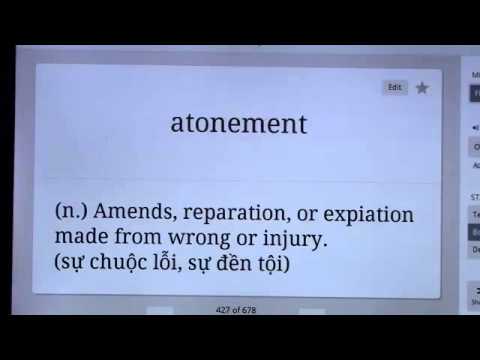Daniel Greene
This morning for the Master of Arts in Interpreting Studies, I read a quotation of Danica Seleskovitch’s “Théorie du Sens” or “Meaning Model” and I’m not sure it applies to sign language interpreters who interpret contact language between English speakers and bilingual English/ASL deaf “speakers.” After all, it is not that most deaf people don’t know English; it is that they can’t hear it. The only time I do what Seleskovitch describes is when I’m interpreting for ASL monolinguals, and even in their ASL there is often some English. Is there any “pure” ASL that we can apply the Meaning Model to? .
Questioning the Meaning Model’s application to contact language interpreting




The interpreting teachers at Mesa placed an emphasis on learning to use CASE and ASL interpreting. In the event of interpreting English courses like you mentioned, I agree that keeping word order is important. In that event, using CASE works. Otherwise, we were supposed to work on dropping form … following the spirit of the message rather than the letter of it. It seems like interpreters range from using CASE to ASL on the ASL-English language spectrum. (con't)
I'm just a student, but I feel like I'm still stuck on 99% of the interpreting exercises and communication I've done is in CASE. Dropping form is difficult for me. The more visually oriented or artistic a person is, the easier it is to drop form (at least based on my totally unscientific observations). I'll just have to work harder on it., but in the end if the message is getting across then CASE is OK, right?
Hi, Daniel! 🙂
I would say that for me, it depends on what kind of interpreting I'm doing, what the goals are, what weighted importance English has to my Deaf consumer. For example, in metal health or medical scenarios, aside from names of medications or diagnoses, English plays almost no role for a consumer who is first-language ASL. I do immediately and deliberately drop form and get as visual as possible, because the only thing that matters in that scenario is understanding the concepts.
Of course, my form-dropping is imperfect, since ASL is my second language, but I definitely strive to drop form as completely as possible. However, in education or business/professional settings, English often plays a bigger role, because of its importance to the consumers, and often because of its prominence in the setting. Jargon is in English, the meaning shared by the deaf and hearing participants is shared in English, and, admittedly, pace and my place outside the circle play a role.
In Spanish interpreting, English can play various roles, as well. There is quite a bit of contact language in the Spanish interpreting world, as well; I have on numerous occasions attempted to interpret the 'correct' (Spanish) word only to be misunderstood until I produced the English (or Spanglish) equivalent. I think it may be less uncommon than one might think even in spoken language communities for languages in contact to make this purist ideal more complicated than it is on its face.
One last thought: When interpreting from ASL to English, I am usually a little more cautious about sticking close to the form. What I find is often the biggest issue with staying too close to the signs, even with an English-proficient Deaf person, is register. Many of them are functioning in English as second-language users, and there are times when the chords just don't strike correctly, and I have to be on guard to ensure that their intent (being competent communicators) is preserved.
@danieljamesgreene It's harder for me *not* to drop form, because my exposure to the language was in a fairly pure-ASL environment, and all of my training emphasized ASL. Which means I'm a better ASL interpreter than I am a transliterator, but doesn't mean I don't need both skills. I will say that even my transliteration process involves dropping form to an extent, and then reconstructing the same ideas in an English format that may or may not resemble to source closely. That's *my* process.
@danieljamesgreene I think about it all the time. One of my recurring demands is when I *can't* render an adequate ASL interpretation because I simply don't have enough background to fully conceptualize the message. When I know my client is highly competent in English or even prefers it, it's less of a demand, but when I'm not sure, or when they have expressed a strong preference for ASL, I always feel inadequate when my output is too close to the source because I just can't unpack it.